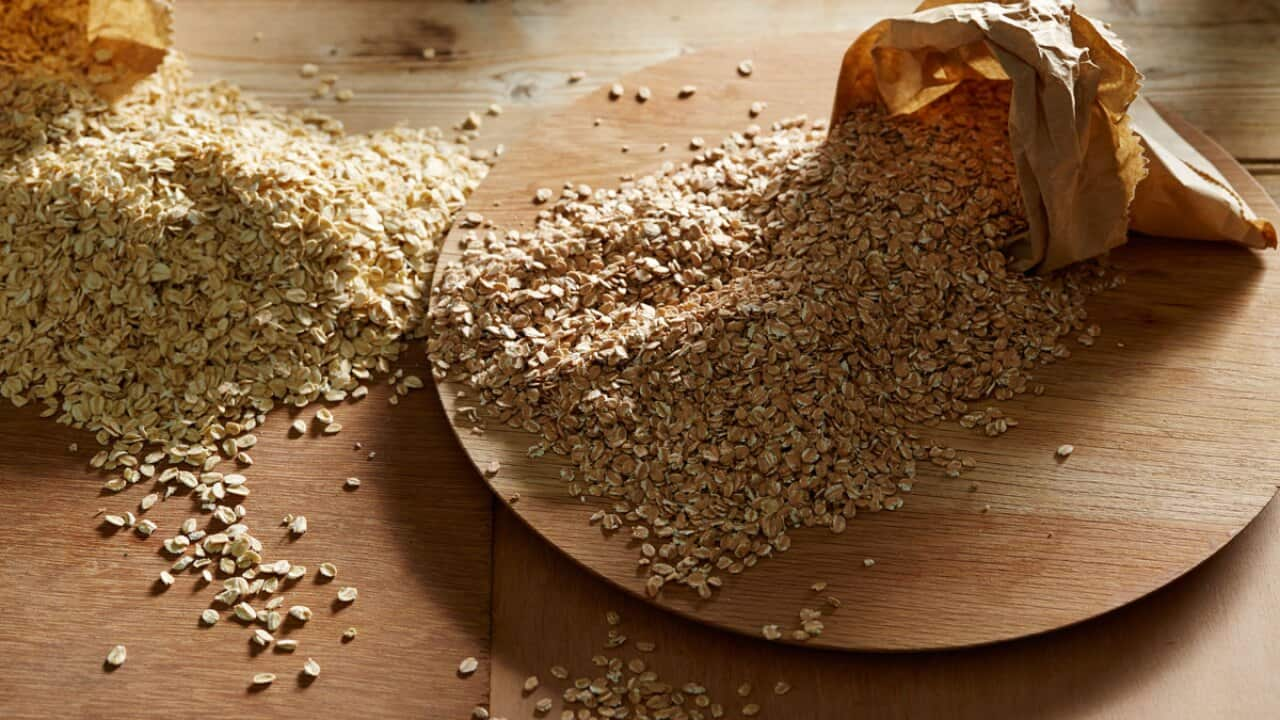What do quinoa, spelt, amaranth, kamut, einkorn, and sorghum have in common? They're all ancient grains (or pseudo-grains) and pack some interesting health credentials – including a possible reduction in the risk of heart problems.
Ancient grains, which have been eaten for thousands of years (some seeds have been found during archeological explorations at various sites), are grains that have come down to us largely intact – unlike many of the varieties of grain we every day, which have been extensively cross-bred, or modified. They include , einkorn, emmer, and kamut, also known as khorasan.
good grains

Eat well: In defence of whole grains
These ancient grains, along with other grain-like crops such as and , are . And for good reason. They offer a good range of nutrients and possibly too, from reducing inflammation to aiding blood sugar control. Some of them are gluten-free, too. The most recent news: these grains may help reduce the risk of cardiovascular disease (CVD).
Cardiovascular disease is a major cause of death in Australia, killing one Australian every 12 minutes. Yet, many of these deaths and incidents could be prevented. CVD refers to all diseases and conditions involving the heart and blood vessels, namely coronary heart disease, stroke and heart failure/cardiomyopathy.
The best way to prevent CVD is by high in fresh, wholesome foods - including, a new study suggests, ancient grains.
Heart health helper
A recent randomised suggested that eating ancient grains could benefit heart health. The research found that while ancient grains aren't proven to prevent CVD, there is increasing evidence to support the idea that ancient grain varieties may help reduce risk factors for it.
The small study, published in the , followed 45 adults (average age of 50), who swapped their usual bread for bread made from the ancient grain Verna. After eight weeks, the participants then ate bread made with the modern grain Blasco. Finally, the participants were assigned to eat bread made from ancient grain varieties, but which had been conventionally grown.
Blood samples were taken at the start of the study and the end of each intervention, testing lipid, cholesterol and glucose levels. The researchers found that the total cholesterol and low-density lipoprotien (LDL) cholesterol (the ' harmful' cholesterol) and levels of blood glucose was found to be significantly reduced after two months of consuming bread made from ancient grains (regardless whether it was organically or traditionally grown). In contrast, no significant differences were seen in CVD measures after eating bread made with modern grains. Farro, used in , has a nutty flavour.
Farro, used in , has a nutty flavour.

Source: Alan Benson
More benefits of ancient grains
While the growing interest in these ancient grains has prompted about the impact on communities where they are grown, it’s clear that in addition to cardiovascular benefits, ancient grains much to offer in the way of natural nutrition and positive health benefits. Research shows that people who eat whole grains generally have and are less likely to develop and certain , most notably breast and colon cancers. One found that three servings of whole grains every day, such as quinoa, can reduce your risk of premature death by 22 per cent.
"Nutritionally, ancient grains are less refined, so being in their wholegrain state means they are generally higher in fibre than modern grains," accredited practising dietitian Nicola Dynan tells SBS. "Fibre not only aids in keeping us fuller for longer, but can also reduce our risk of chronic disease, and aid in lowering cholesterol levels. They remain in their whole state, meaning they contain a range of essential nutrients and protective phytochemicals. They also have a more chewy texture than processed grains, making meals more interesting, and are a natural plant-source of protein, so are an excellent addition for vegetarians or those aiming to increase their protein intake."
In the kitchen
Dynan suggests using ancient grains in the following ways:
• Try using cooked quinoa in place of oats when making a bircher muesli or porridge
• Experiment with freekeh or farro in summer salads
• Add some barley into winter soups or casseroles
• Try buckwheat flour in pancakes or gluten-free baking




